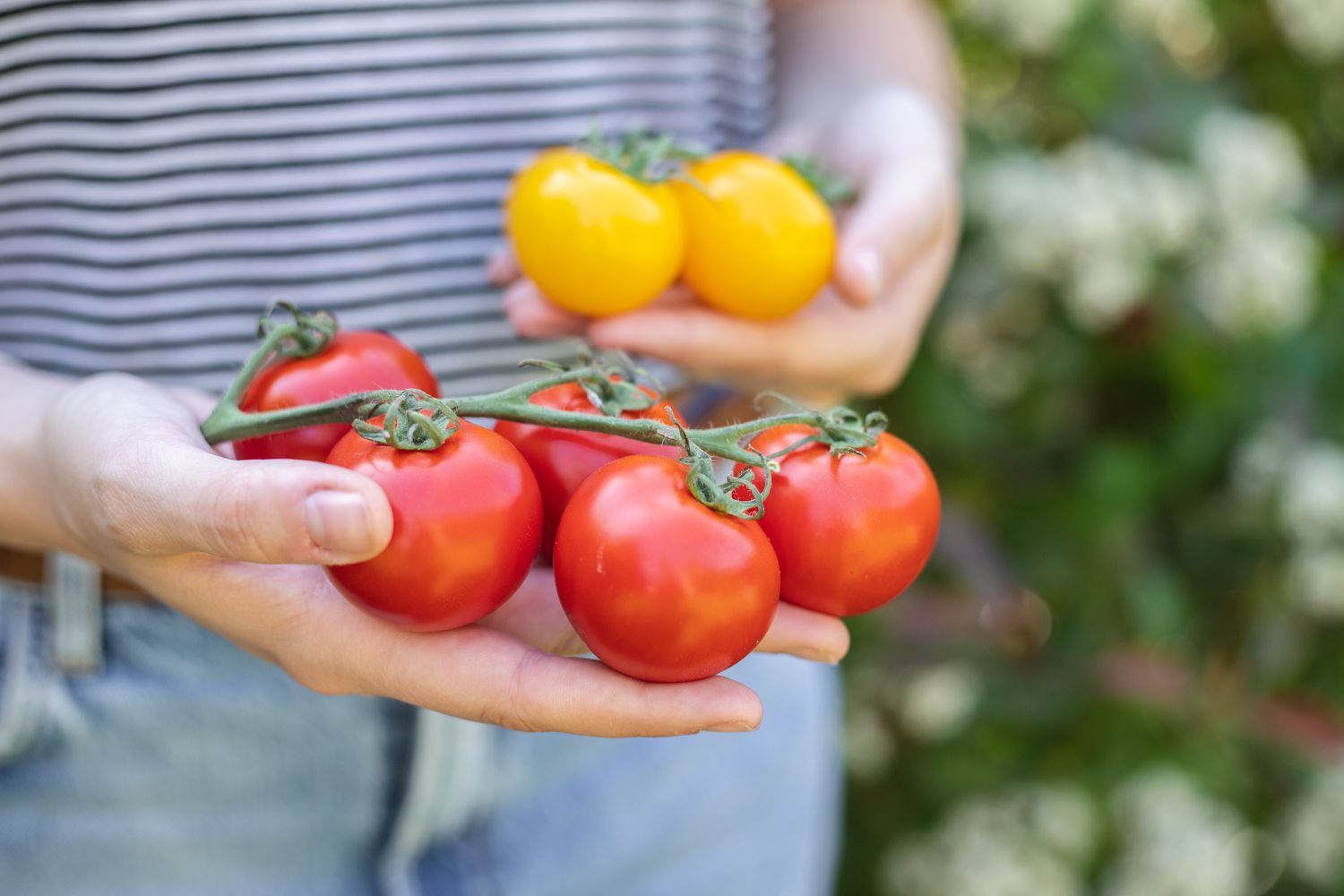Growing your own food is a rewarding and sustainable way to enjoy fresh, flavorful produce straight from your garden. Whether you have a spacious backyard or a small balcony, taking control of your food supply can be an enjoyable and fulfilling process. Here’s a step-by-step guide to help beginners get started.
Why Should You Grow Your Own Food?
Homegrown food offers a variety of benefits. It reduces reliance on store-bought produce, lowers your grocery bill, and minimizes the environmental impact of shipping and packaging. Beyond that, growing your own food allows you to customize your garden to match your dietary preferences and ensures you know exactly how your produce is grown.
Choosing the Right Seeds
Before you begin, decide what you want to grow. Consider your climate, available space, and personal preferences. Some crops, like leafy greens and herbs, grow well in small containers, while others, such as tomatoes or squash, need more room and sunlight.
When selecting seeds, look for varieties suited to your region. If you’re planning to grow in bulk, purchasing bulk vegetable seeds can be a cost-effective way to stock up for the planting season. Choose high-quality, organic seeds whenever possible to ensure the healthiest plants and best-tasting produce.
Preparing Your Soil
Healthy plants start with healthy soil. Test your soil to check its pH level, nutrient content, and texture. You can purchase an inexpensive soil test kit to get started. Most vegetables prefer soil with a neutral pH of around 6.0–7.0, but some plants like blueberries thrive in more acidic soil.
Amend your soil as needed by adding organic matter such as compost, aged manure, or peat moss. These materials improve soil fertility, structure, and water retention. If your soil is heavy and compacted, you may also need to aerate it.
For those without access to a yard, raised beds and container gardening are excellent alternatives.
Planting Step-by-Step
Once you have your seeds and soil ready, it’s time to plant. Follow these steps:
- Read Instructions: Every seed packet includes information about planting depth, spacing between seeds, and sunlight requirements. Pay attention to these details to give your plants the best start.
- Start Indoors (Optional): Depending on your climate, some crops like tomatoes and peppers grow better when started indoors. Plant seeds in small pots or trays 6–8 weeks before the last frost date, and then transplant them outdoors.
- Direct Sowing: For crops like beans, carrots, or radishes, sow seeds directly into the soil. Ensure proper spacing to give each plant room to grow.
- Watering: Keep the soil consistently moist during germination, but avoid overwatering. Young plants are especially vulnerable to waterlogged conditions.
Caring for Your Garden
Tending your garden is just as important as planting. Regular maintenance ensures your crops remain healthy and productive. Here are key aspects of garden care:
- Irrigation: Vegetables typically need about 1–2 inches of water per week. Water plants deeply to encourage strong root growth, especially during dry periods.
- Weeding: Remove weeds regularly to minimize competition for nutrients and water.
- Fertilizing: Feed your plants throughout the growing season with balanced fertilizers. Organic options such as compost tea or fish emulsion can provide essential nutrients without harming the environment.
- Pest Control: Keep an eye out for common pests like aphids, slugs, or caterpillars. Use companion planting, insect netting, or natural predators such as ladybugs to minimize damage without resorting to harmful chemicals.
Harvesting Your Crops
Harvesting is one of the most satisfying parts of gardening. Knowing when and how to harvest ensures you enjoy peak flavor and nutrition. Here are a few tips:
- Leafy greens and herbs can often be harvested multiple times by picking the outer leaves or stems.
- Fruits like tomatoes should be picked when they reach their full color and firmness.
- Root crops such as carrots or potatoes are ready to harvest once their tops start to wilt. Check their size by gently digging around the base of the plant.
Harvest only what you need if you prefer fresh produce or plan for preserving methods like freezing, canning, or drying to store surplus crops.
Tips for Success
Start small. If you’re new to gardening, don’t feel pressured to plant a large variety of crops right away. Begin with a few easy-to-grow options like lettuce, basil, or zucchini while gaining confidence in your gardening skills.
Be patient. Not every plant will thrive on your first attempt. Gardening is a learning process that improves with time and experience. Experiment with different techniques, and don’t be afraid to try new things as you grow.
Enjoy the Fruits of Your Labor
Turning seeds into meals on your table is a deeply rewarding experience. From building self-reliance to enjoying a healthier diet, the benefits of growing your own food are worth the effort. With the right preparation and care, even beginners can create a flourishing garden that they can harvest year after year.

